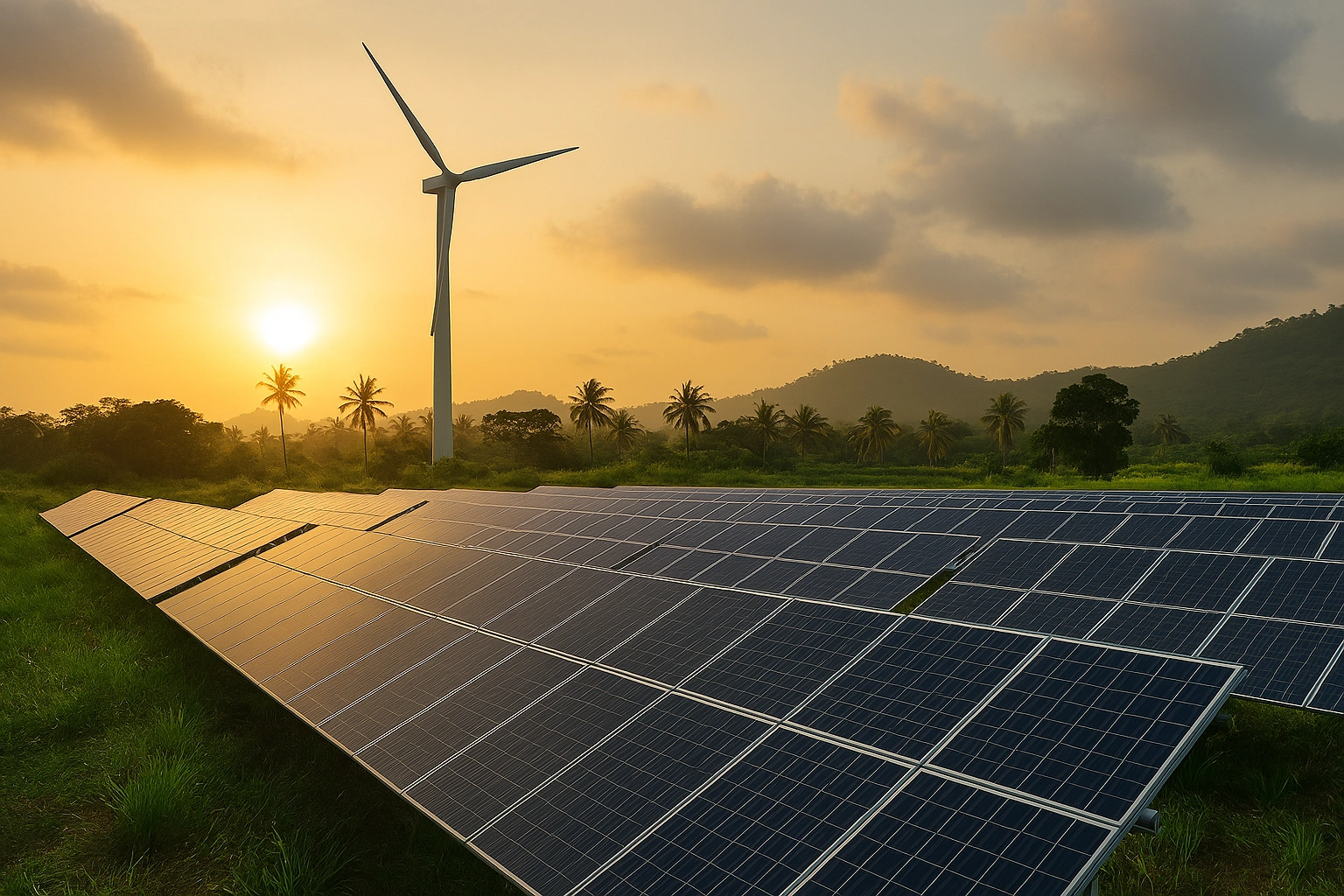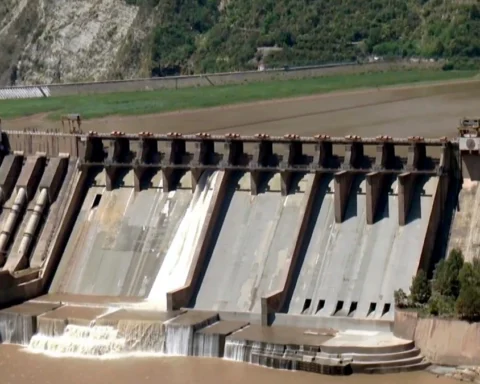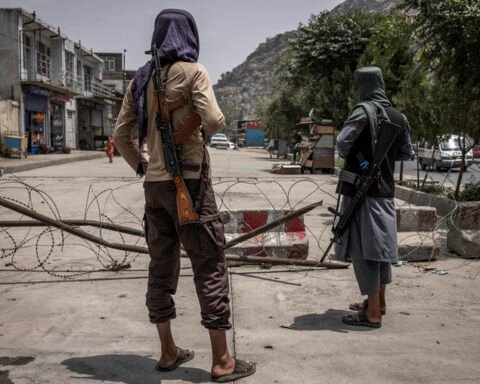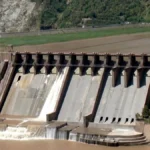In an unprecedented ruling as an indication of the mounting pressure on climate action, the Green Climate Fund (GCF) has released a record amount of $1.225 billion to fund 17 new projects in Asia, Africa, and some of the vulnerable island countries. It is the single largest round of investment in the history of the GCF, bringing its financing to a total of $18 billion in GCF financing and $67 billion when co-financing is considered. These projects should make the low-income and climate-vulnerable countries extremely prepared or rather more ready to face the immediate and long-term impacts of changing climate.
This financing decision, which was agreed upon at a board meeting of the GCF in Port Moresby, Papua New Guinea, is being made when the world is experiencing a fall in traditional donor aid. As development aid decreases steeper by 17% in 2025, the GCF’s giant financial step is perceived as a huge pushback and a demonstration by the world to stick to climate justice. Co-chair of the board Seyni Nafo of Mali pointed out that the Fund is exactly doing more of what it is supposed to in this time of great need regarding climate action.
Who Benefits and Where the Money Goes
Several of the 17 projects approved are first GCF ending initiatives in Mauritania, Papua New Guinea, and Saint Lucia, which is also a clear manifestation that the Fund is trying to target underrepresented areas. The projects focus on a broad range of climate issues, including food insecurity, renewable energy, early warning systems, as well as sustainable infrastructure. As an example, a $200 million project in India, the India Green Finance Facility, will concentrate on renewable energy growth and energy efficiency. In the meantime, a $150 million project in East Africa seeks to establish resilient food systems able to feed about 18 million.
Inhabitants of the Region
A Global Green Bonds Initiative worth $227 million has been the most recent move, under which the Fund aims at establishing or developing green bond markets across ten emerging economies. The initiative is also regarded as essential in accessing scale effects of using the private sector investors to finance the climate objectives, a fact that has been central in sub-Saharan Africa where access to capital has been a major challenge.
Such new projects will as well be aimed at providing real results on the ground. Some examples are flooding-resistant infrastructure in Ghana, solar mini grids in off-grid villages, mangroves along the Pacific coast, and sustainable agricultural development in the Sahel. Notably, some of these projects are home and regionally driven, thus they have more cultural relevance, as well as community ownership.
Reforms to Speed Up and Scale Up Climate Finance
But what also made the July 2025 board meeting of the GCF special was its introduction of major operational reforms. Among them include a drastic shrinking of the time required to accredit direct access entities, including national banks and local NGOs, from about 30 months to 9 months. With this change, the speed and efficiency through which new partners can receive funding and start executing climate projects are deemed to change dramatically.
They also passed administrative reforms to modernize GCF staffing and recruitment, so it can work faster and be more decisive, as it enters additional operations. According to the Executive Director of the GCF Mafalda Duarte, the changes are a response to the organization’s ambition to become not just the partner of choice to those collaborating with the GCF in the delivery of climate finance, but also the employer of choice in the sustainability field.
Why This Matters Now
The importance of such announcement proclaimed then is impossible to overestimate. With disasters due to climate increasing in frequency and intensity, once-in-a-lifetime flood in Texas and heatwaves that killed dozens in Europe, climate-vulnerable nations have more pressure to develop resilience than ever. However, most of these countries are financially incapable of adapting themselves. The strategic allocation of funds of the GCF serves a very important gap, as its support is both of large scale as well as regional in base.
Moreover, the introduction of such instruments as green bonds of the private sector is a new chapter in climate finance that will involve mobilizing far more money in the private sector through public funding to make the available, derisked funds much larger. In case of success, the green bond project will become a template of climate investment across the middle-income and frontier countries around the globe.
Meanwhile, the internal reforms being undertaken by the GCF indicate a desire towards more effective governance, easier distribution, and more equality in climate action. This has occurred as multilateral institutions are increasingly under pressure to prove their efficiency and contribution, especially by Global South critics.
From Pledge to Progress
Although approval of projects amounting to $1.2 billion is a significant milestone to be achieved, there is more work to be done. Every endorsed program should be moved to action now, which involves some technical evaluations, consultations with stakeholders, and arrangements concerning field works. Other important key performance indicators that the GCF will observe include reduction in emissions, enhanced adaptation capacity, and how many lives and livelihoods have been safeguarded.
Moreover, how the Fund will perform in subsequent months will probably affect forthcoming replenishment rounds, where donor countries and civil society organizations will be monitoring how this latest investment movement can be converted to hard development results. The effective realization of this investment cycle may not only define the image of the Fund but also become an element of the world climate finance structure.
July 2025 decision of the Green Climate Fund is a point of turning in global climate finance. Having made the first major steps to reach the ambitious goal of adopting $1.225 billion in new pledges, along with governance reform, the GCF has shown just how much it is capable of, and how purposeful. As Executive Director Duarte commented, this is the time not only the financial honour but moral and environmental responsibility. At a time where we are marked by a climate risk, it would not be out of matter of course whether the most vulnerable populations in the world would transfer the vulnerability to resilience through the leadership of the GCF.







